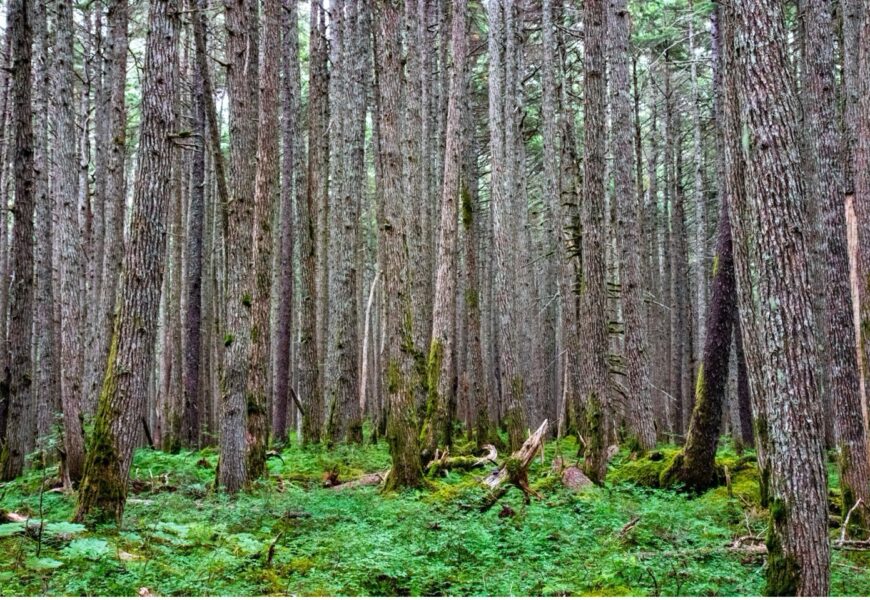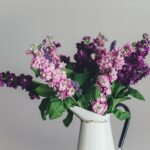Nature is a treasure trove of textures and patterns, from the intricate details of a butterfly’s wings to the majestic swirls of a stormy sky. As artists, photographers, and enthusiasts, we’re often drawn to capturing these natural wonders, but how do we effectively convey the intricate textures and patterns found in nature? In this article, we’ll explore some effective ways to capture the beauty of nature, from traditional mediums to modern techniques.
Traditional Mediums
- Drawing and Sketching: One of the most traditional ways to capture textures and patterns is through drawing and sketching. Using pencils, charcoal, or pastels, artists can create detailed, high-contrast renderings of natural textures and patterns. For example, a sketch of a leaf’s veins or a bird’s feathers can be a beautiful representation of nature’s intricate details.
- Watercolor and Painting: Watercolor and painting are popular mediums for capturing the soft, ethereal quality of nature. By using transparent washes and subtle color gradations, artists can evoke the delicate textures and patterns found in flowers, leaves, and skies.
Photography
- Macro Photography: Macro photography allows us to zoom in on the tiny, intricate details of nature, revealing textures and patterns that would otherwise go unnoticed. From the delicate patterns on a butterfly’s wings to the intricate structures of a leaf’s veins, macro photography can capture the minute details of nature.
- Close-Up Photography: Close-up photography is another effective way to capture textures and patterns in nature. By focusing on specific areas, such as the texture of a rock or the patterns on a butterfly’s body, photographers can create striking, high-contrast images that highlight the beauty of nature.
- Panoramic Photography: Panoramic photography is a great way to capture the grand, sweeping patterns found in nature, such as the swirling clouds of a stormy sky or the undulating dunes of a desert landscape.
Modern Techniques
- Digital Painting and Editing: Digital painting and editing software, such as Adobe Photoshop, allow artists to manipulate and enhance textures and patterns found in nature. By combining multiple images, adjusting colors, and applying filters, artists can create stunning, surreal representations of nature.
- 3D Modeling and Rendering: 3D modeling and rendering software, such as Blender or Maya, enable artists to create detailed, three-dimensional representations of natural textures and patterns. By combining textures, colors, and lighting effects, artists can create immersive, photorealistic scenes that simulate the beauty of nature.
- Drone Photography: Drone photography has revolutionized the way we capture nature’s textures and patterns. By flying drones equipped with high-resolution cameras, photographers can capture sweeping vistas, aerial views of landscapes, and stunning close-ups of natural textures and patterns.
Tips and Tricks
- Pay Attention to Lighting: Lighting is crucial when capturing textures and patterns in nature. Pay attention to the way light interacts with your subject, using shadows and highlights to create depth and dimension.
- Experiment with Angles: Don’t be afraid to experiment with unusual angles and perspectives. Shooting from low or high angles can add drama and interest to your images.
- Play with Composition: Composition is key to creating visually appealing images. Experiment with different compositions, such as leading lines, framing, and symmetry, to add depth and interest to your images.
- Capture in Different Conditions: Don’t limit yourself to capturing textures and patterns in ideal conditions. Experiment with capturing images in different weather conditions, such as mist, fog, or rain, to add atmosphere and mood to your images.
In conclusion, capturing the textures and patterns found in nature requires a combination of traditional mediums, modern techniques, and a keen eye for detail. By experimenting with different mediums, techniques, and perspectives, artists and enthusiasts can create stunning representations of nature’s beauty. Whether you’re a seasoned artist or a curious beginner, the world of nature offers endless inspiration for capturing the textures and patterns that surround us.










